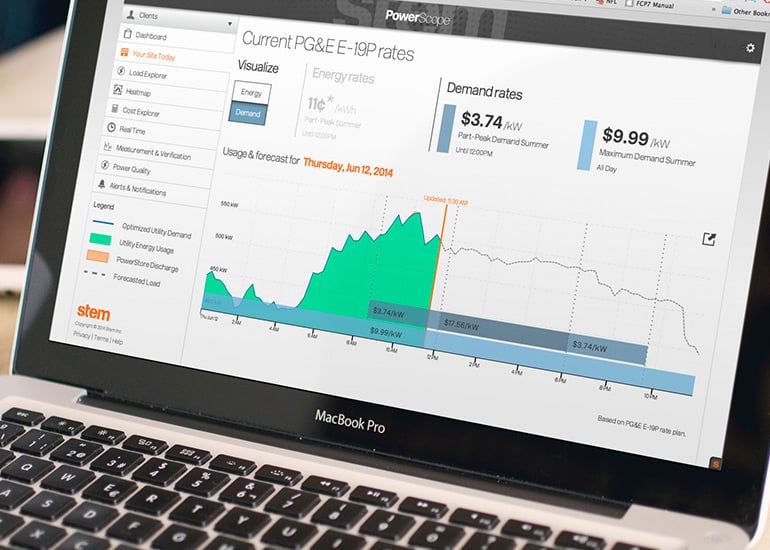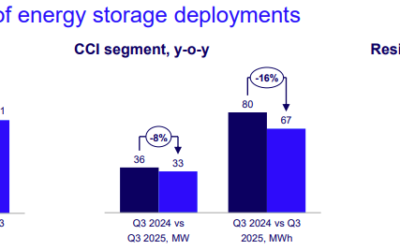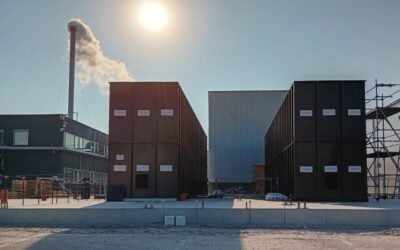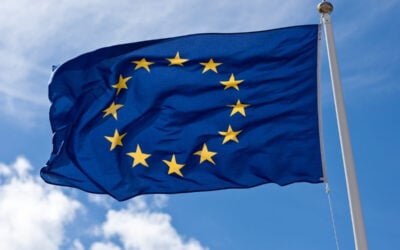
The CEO of ‘intelligent energy storage’ provider Stem Inc, has said a recently-awarded project in Japan will lean on business models the company has used in the US, while artificial intelligence (AI) technology makes that same transference possible.
Energy-Storage.News reported in December last year that California-headquartered Stem, which services the commercial and industrial (C&I) sector, was awarded a contract to build a virtual power plant by Japan’s government Ministry of Economy, Trade and Industry (METI), which includes energy and environment within its remit. The announcement came amid a wave of other investments.
Stem will aggregate together energy storage systems deployed at businesses to form a network which can work together as a larger grid resource, capable of performing tasks that include delivering ancillary services to the grid or demand response, while reducing energy costs for the host business by lowering the amount of energy drawn at peak times from the grid.
Stem CEO John Carrington told Energy-Storage.News that much of the technology used in Japan will be transferred from the North American market and that the adaptability of the company’s AI platform, dubbed ‘Athena’, is one of its strengths.
Try Premium for just $1
- Full premium access for the first month at only $1
- Converts to an annual rate after 30 days unless cancelled
- Cancel anytime during the trial period
Premium Benefits
- Expert industry analysis and interviews
- Digital access to PV Tech Power journal
- Exclusive event discounts
Or get the full Premium subscription right away
Or continue reading this article for free
“The technology and business models are very transferable and scalable, though naturally the policy drivers and market needs will vary by region,” Carrington said.
“But that’s the beauty of an artificial intelligence-based platform – with a change to the algorithms, we can redesign the dispatch to accommodate different customer or grid needs.”
Japan’s market reforms drive need for digitisation and flexibility services
Japan, traditionally a conservative country when it comes to regulatory and policy issues, is undergoing big changes in its energy market at the moment. The country is currently transitioning to a liberalised electricity market for the first time, meaning that Japan’s 10 powerful regional utilities, which also serve as grid operators, are now joined by over 400 new retailers targeting customers since 2016. The process is expected to be complete by 2020 for electricity and by 2022 for gas.
Analysis firm Delta-ee highlighted to Energy-Storage.News that it anticipates a growing market in Japan for flexibility services to the network, many of them of the type that behind-the-meter energy storage can provide. A capacity market and real-time electricity trading market are expected to be opened in 2020, while Delta-ee also said Japan effectively operates its regional grids on two different frequencies, 50Hz and 60Hz, limiting opportunities for interconnection and sharing of electricity across the country.
Japan also has in place schemes directly supportive of energy storage, including a subsidy for half of the installation cost and one-third of the equipment cost for residential and C&I batteries. The country is also targeting the deployment of 10,000 residential energy management systems by 2024 and digitising networks, aiming to rollout smart meters in all homes, also by 2024. Energy-Storage.News has already reported on several initiatives by Japanese companies, including the powerful regional utilities such as TEPCO, to deploy smart energy technologies and storage, often from providers based in the UK or US.
“Our expansion to Japan demonstrates that the utilities and grid operators also see the value of customer-sited energy storage to provide insightful grid-edge data that feed resource planning at the highly localized level,” Stem’s John Carrington said.
“In that market, we will rely more on our partner for customer acquisition and some elements of installation, but the business model and its underlying artificial intelligence remain the same. The AI-driven energy storage services can relate abroad, and perhaps the individual components of the value-stack will differ according to territorial needs, but the overall business model is robust enough to transfer and scale.”
In a recent analysis of the US C&I market, IHS Markit identified Stem and two other providers, Green Charge (now known as ENGIE Storage Services) and Advanced Microgrid Solutions (AMS) as clear leaders of the pack. Central to this leading position was the fact that all three offer energy storage ‘as-a-service’, a premise which Carrington briefly explained.
“Stem provides intelligent storage “as-a-service” through a customer offering that automates electricity cost savings for our customers and requires no changes to their operations,” Carrington said.
“We offer a long-term contract with no money down and a superior monthly subscription fee that aims to save them multiples of the cost. We also contract with utility and grid operators to offer them intelligent energy storage ‘as-a-service’, where our aggregated fleet of systems provides a fast-acting dispatchable resource that helps to ensure flexibility and reliability while decarbonising the grid.”





